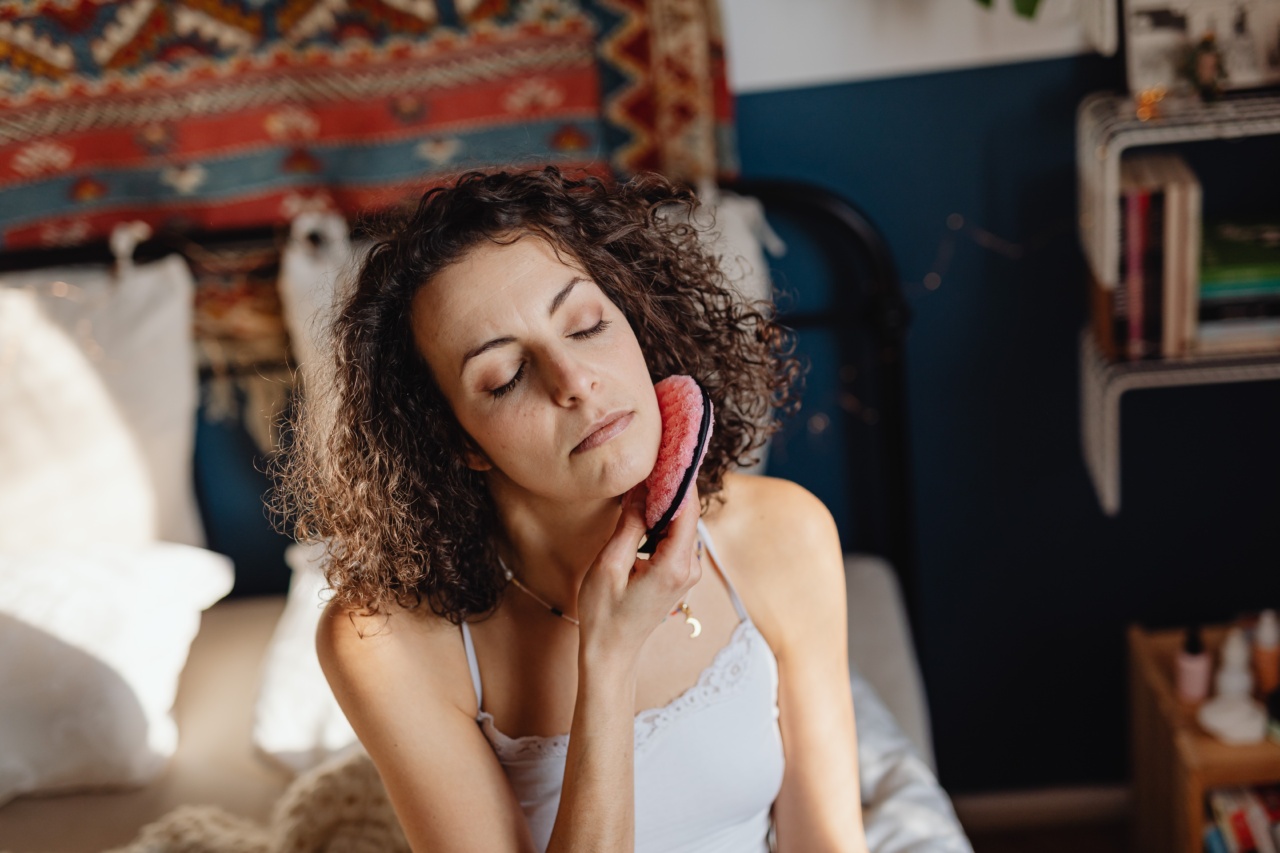Facial cleansing is an essential part of a skincare routine. It helps to remove dirt, oil, and impurities from the skin, preventing clogged pores, acne breakouts, and dull skin.
Regular cleansing also helps to improve blood circulation, promote cell turnover, and maintain the skin’s natural pH balance.
The Benefits of At-Home Facial Cleansing
While professional facials can be a luxury for many, at-home facial cleansing offers a more affordable alternative. Not only does it save money, but it also allows you to customize your skincare routine according to your specific needs and preferences.
With the right techniques and products, you can achieve healthy, glowing skin without breaking the bank.
Choosing the Right Cleanser
The first step to effective at-home facial cleansing is selecting the right cleanser for your skin type. Whether you have dry, oily, sensitive, or combination skin, there is a cleanser out there suitable for you.
Look for products that are gentle, non-irritating, and free from harsh chemicals. Natural ingredients like aloe vera, tea tree oil, or chamomile can also be beneficial.
Knowing Your Skin Type
Understanding your skin type is crucial when it comes to skincare, including facial cleansing. Different skin types have different needs, and using the wrong products can lead to adverse effects. Here are the most common skin types:.
1. Normal Skin
Normal skin is well-balanced and not overly dry or oily. It is also relatively free from blemishes and has a smooth texture. Those with normal skin can use a gentle cleanser and follow a basic skincare routine without too many added products.
2. Dry Skin
Dry skin lacks moisture and tends to feel tight or flaky. It may be prone to itchiness and dullness. People with dry skin should opt for a hydrating cleanser that does not strip away natural oils.
Look for cleansers with ingredients like hyaluronic acid or glycerin to replenish and nourish the skin.
3. Oily Skin
Oily skin is prone to excess sebum production, leading to shine, enlarged pores, and possible acne breakouts.
Cleansers formulated for oily or acne-prone skin, containing ingredients like salicylic acid or tea tree oil, can help regulate oil production and keep the skin clear.
4. Combination Skin
Combination skin is characterized by having both oily and dry areas. The T-zone, consisting of the forehead, nose, and chin, tends to be oily, while the cheeks are often dry or normal.
Mild cleansers that can balance the skin are suitable for combination skin. Avoid using harsh products that can further dry out the cheeks or exacerbate oiliness in the T-zone.
Cleansing Techniques
Once you have chosen the right cleanser for your skin type, it’s important to know the proper cleansing techniques to maximize its effectiveness:.
1. Start with a Clean Slate
Before applying any cleanser, make sure your hands are clean. Remove any makeup or sunscreen residue using a gentle makeup remover or micellar water. This helps the cleanser work more efficiently.
2. Use Lukewarm Water
Avoid using water that is too hot or too cold, as extreme temperatures can irritate the skin. Opt for lukewarm water to rinse your face and wet your hands before applying the cleanser.
3. Apply the Cleanser
Squeeze a small amount of cleanser onto your fingertips or a clean washcloth. Gently massage the cleanser onto your face using circular motions, paying extra attention to areas prone to oiliness or dryness.
Be careful not to scrub too harshly, as this can damage the skin’s protective barrier.
4. Rinse Thoroughly
After massaging the cleanser into your skin for about one minute, rinse thoroughly with lukewarm water. Make sure there is no leftover residue to avoid clogged pores. Splash your face several times to ensure all traces of the cleanser are gone.
5. Pat Dry
Instead of rubbing your face dry with a towel, gently pat it dry with a clean, soft towel. Rubbing can cause irritation and disrupt the skin’s moisture barrier.
Frequent Asked Questions (FAQs)
Q: How often should I cleanse my face?.
A: It is recommended to cleanse your face twice a day, once in the morning and once at night, to remove impurities accumulated throughout the day and night.
Q: Can I use the same cleanser on my face and body?.
A: While some gentle cleansers can be suitable for both the face and body, it is generally recommended to use a separate cleanser for the face, as it is more delicate and has different cleansing needs.
Q: Is it necessary to use a toner after cleansing?.
A: While toners can be beneficial for certain skin types, they are not essential. However, they can help balance the skin’s pH level and prepare it for better absorption of serums and moisturizers.
Q: Should I cleanse my face before or after exfoliation?.
A: It is best to cleanse your face before exfoliation to remove any surface impurities. This allows the exfoliator to work more effectively and prevents potential irritation.
Conclusion
At-home facial cleansing is an affordable and effective way to maintain healthy skin. By choosing the right cleanser and following proper cleansing techniques, you can achieve clear, glowing skin without breaking the bank.
Remember to consider your specific skin type, and customize your skincare routine accordingly for the best results.




























